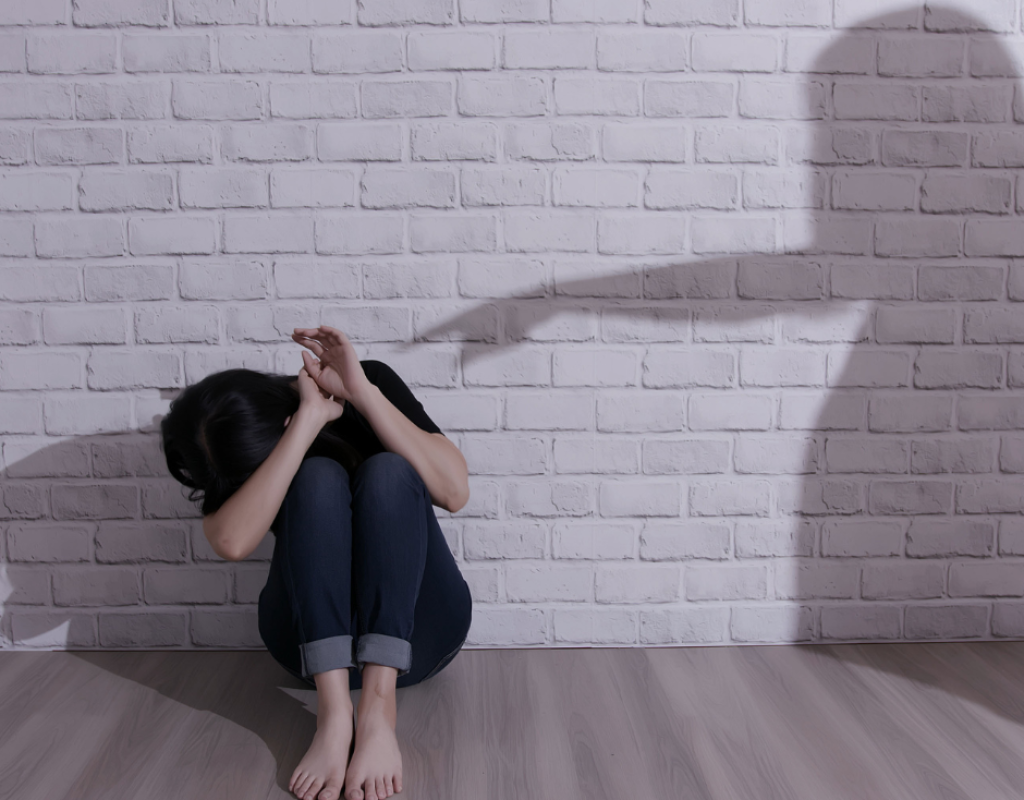Bullying is a concern for many families and their children and can have devastating consequences including depression, anxiety, and in some cases self-harm. In order to tackle this problem head-on, it is important to understand how to recognize, respond, and prevent bullying in all its forms.
We often think of bullying as something that happens to children in school, but it can also occur in the workplace, online, or in any other setting. An ongoing and deliberate action by one person to another with the intent of physically or emotionally harming someone is considered bullying. It is important for adults to step in as soon as they observe conflict between children that could escalate into a more serious and long-term issue. Taking immediate action increases the chances of stopping the behavior before it turns into a long-term problem of bullying.
Signs of bullying:
It’s important to be aware of the warning signs that someone may be affected by bullying. This includes children who are being bullied as well as the bully. Since not all kids ask for help, recognizing these warning signs is crucial when it comes to stopping and preventing bullying.
Signs indicating a person may be a target of bullying:
- Difficulty sleeping
- Sudden changes in behavior
- Unwillingness to go to school, sudden grade changes
- Loss of interest in friends and social activities
- Unexplainable injuries
- Self harm
Warning signs that can indicate a child is the bully:
- Justifying bad behavior
- Frequent behavior problems in school and at after-school activities
- Unexplained belongings or sudden increase of money/spendings
- Not accepting responsibility for their actions
Why do children bully?
Why a person decides to inflict harm on another is not always clear. However, many times, bullying can be rooted in issues such as low self-esteem, academic struggles, emotional struggles, or peer pressure. Children with low self-esteem might worry that their social circle would change or shrink if new people were added to their group, and choose to protect themselves by treating threats badly. This way, the group is more likely to form an allegiance and exclude new people who can threaten the child’s position in their social circle.
Once bullying has been identified, it is essential for adults to help the bully overcome their issues. Developing their conflict resolution tools, improving social skills and building emotional intelligence is often beneficial for everyone involved. In addition, creating a culture of inclusion that celebrates diversity is a key step in nurturing an environment where everyone feels respected and valued.
Who is bullied?
Bullying is an unfortunate reality that can occur anywhere and happen to anyone. The reason behind the bullying varies, and is not always easy to determine. Everything from personality differences to being in the wrong place at the wrong time, weight bias, gender bias or cultural differences can be what is causing the bully to target their victim. People who are perceived as different or unique by their peers are more likely to be exposed. Remember, the target is never at fault.
How to help if your child is being bullied:
If your child comes to you and tells you that they are being bullied, it’s important to stay calm. Listen carefully and show them your support. Be sure to not put any blame on them, as they are not at fault. Reassure them that they are doing the right thing by coming to you. Do ask some questions to determine the severity of the situation to help you decide what the best course of action is. Help your child formulate a plan on how to handle the situation if it continues. Advise them to stay calm, walk away, and tell an adult. Bullies often get frustrated when they don’t receive a big reaction, so by remaining composed, the unwanted behavior may stop sooner. If the situation requires it, contact the school so they are aware of the problem and can keep an eye on all the students involved. If the bullying occurs outside of school, contact the parents to receive support in resolving the situation. In cases of cyberbullying, blocking users and updating privacy settings can help resolve the situation.
How to help if your child is the bully:
Bullying is an unacceptable behavior and it is important that kids who bully receive the help they need. Often, they need to improve their problem-solving skills and learn how to control their emotions. There are a variety of ways this can be done, including encouraging their leadership skills in a positive way, such as teaching others how to do an activity they excel in.
Be sure to praise and encourage the child whenever they navigate a situation in a respectful and cooperative way. Focus on the positive actions as much as possible, and make it clear that those behaviors get the most attention and lead to a bigger emotional reward. Bullies need help in understanding the impact of their behavior. Use consequences that teach, not punish them.
Prevention
The best way to prevent bullying is by taking a proactive approach and talking about it before it happens. Teach your children to treat others with respect, and that physically or emotionally hurting someone is not acceptable. Discuss the effects of bullying and how it can impact someones well-being. Be sure to also teach your child how to act if they, or someone they know are being bullied, so they are aware of what to do, and who to talk to after an uncomfortable situation has occurred. Research shows that a quick and consistent response to unwanted behavior is more likely to prevent, or stop bullying behavior over time.
Moreover, mimicking the wanted behavior is always a good idea. As the child’s role model and caregiver your role is to show them how to treat others. Always treat others with respect, and be careful with how you speak about friends, co-workers and family members when your child is around. Children do not always understand or pick-up on social cues such as sarcasm, body language or tones, and may miss important information about your feelings and the true meaning behind your words.
It is essential that we all work together to prevent bullying. Parents, school staff, and other adults in the community play a key role in creating a safe and secure environment for our children. By talking about it, being aware of signs, and speaking up, we can create an environment where our children will grow up to be kind and respectful to everyone they meet. Together, we can make sure all children feel safe and loved!




